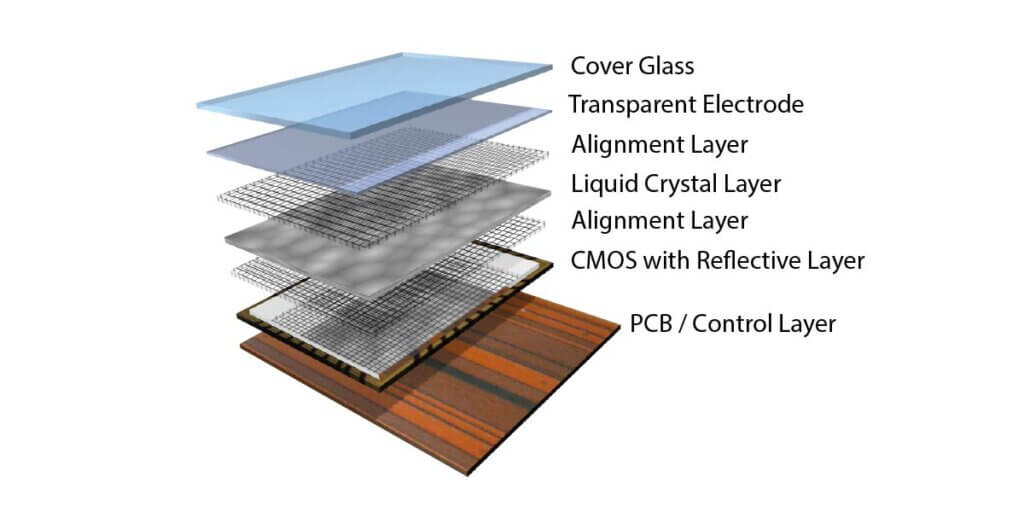

When it comes to projectors, understanding the differences between LCoS (Liquid Crystal on Silicon) and DLP (Digital Light Processing) can help users make informed decisions based on their specific needs. These differences lie in their control over projected light, color performance, image fidelity, cost, and technological maturity.


Control Mechanism:
DLP projectors utilize Digital Micromirror Device (DMD) chips, which manipulate mirrors to reflect light and form images. On the other hand, LCoS projectors function similarly to LCD technology but use LCoS panels to control light projection.
Color Performance:
DLP projectors are known for producing rich and vibrant colors on the screen, while LCoS projectors excel in image fidelity and color accuracy, offering a more true-to-life visual experience.
Cost Consideration:
In terms of cost, LCoS projectors tend to be more budget-friendly compared to DLP projectors. However, it’s essential to note that LCoS technology may still be evolving and not as mature as DLP technology, which has been refined over time. Additionally, DLP projectors often boast compact designs due to their efficient light path, making them more portable and convenient for users.
Understanding these differences allows users to weigh their priorities regarding color performance, image fidelity, budget constraints, and portability when choosing between LCoS and DLP projectors. Whether it’s for home entertainment, business presentations, or educational purposes, selecting the right projector technology can enhance the overall viewing experience and meet specific requirements effectively.
Related Reading: